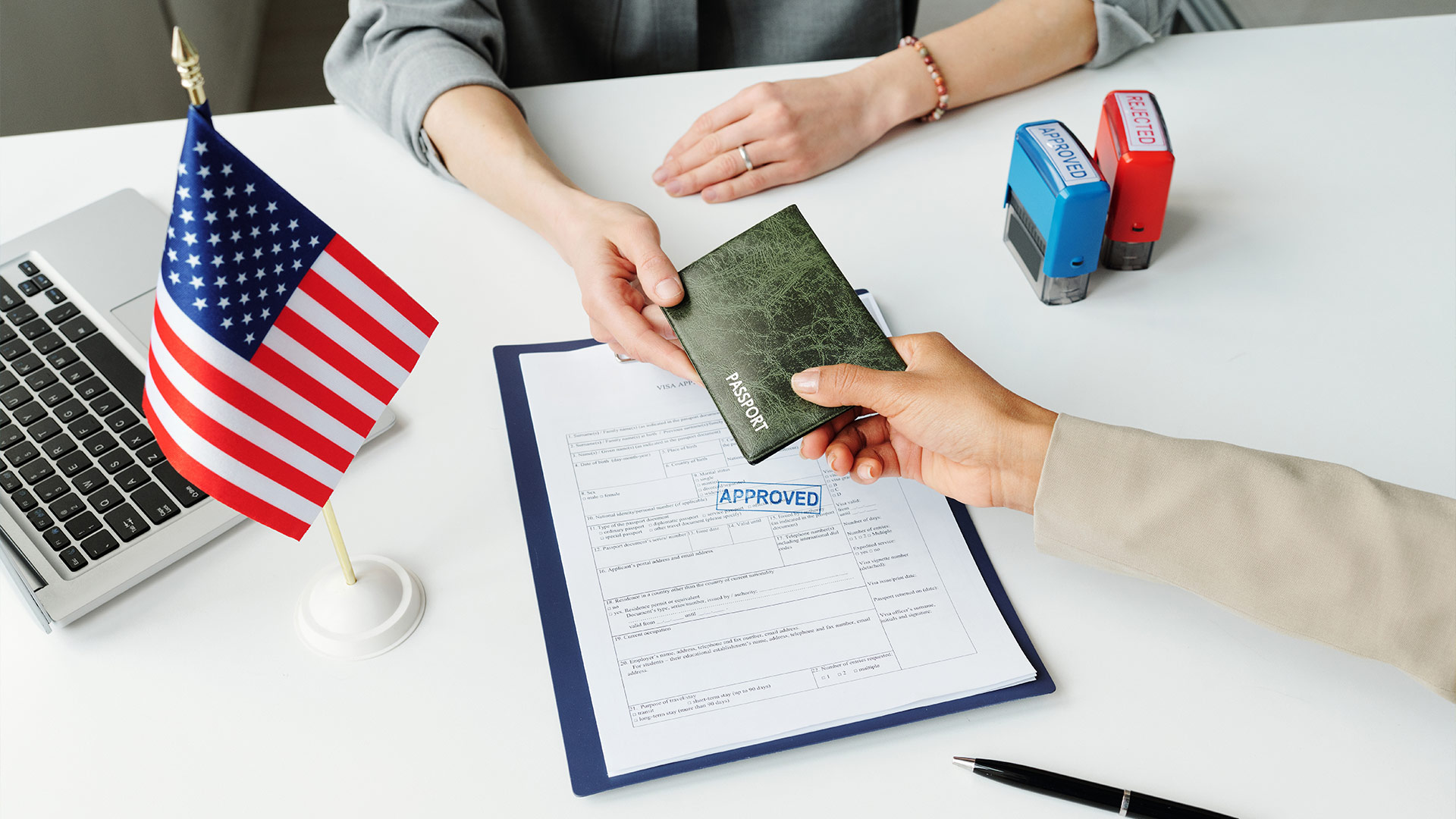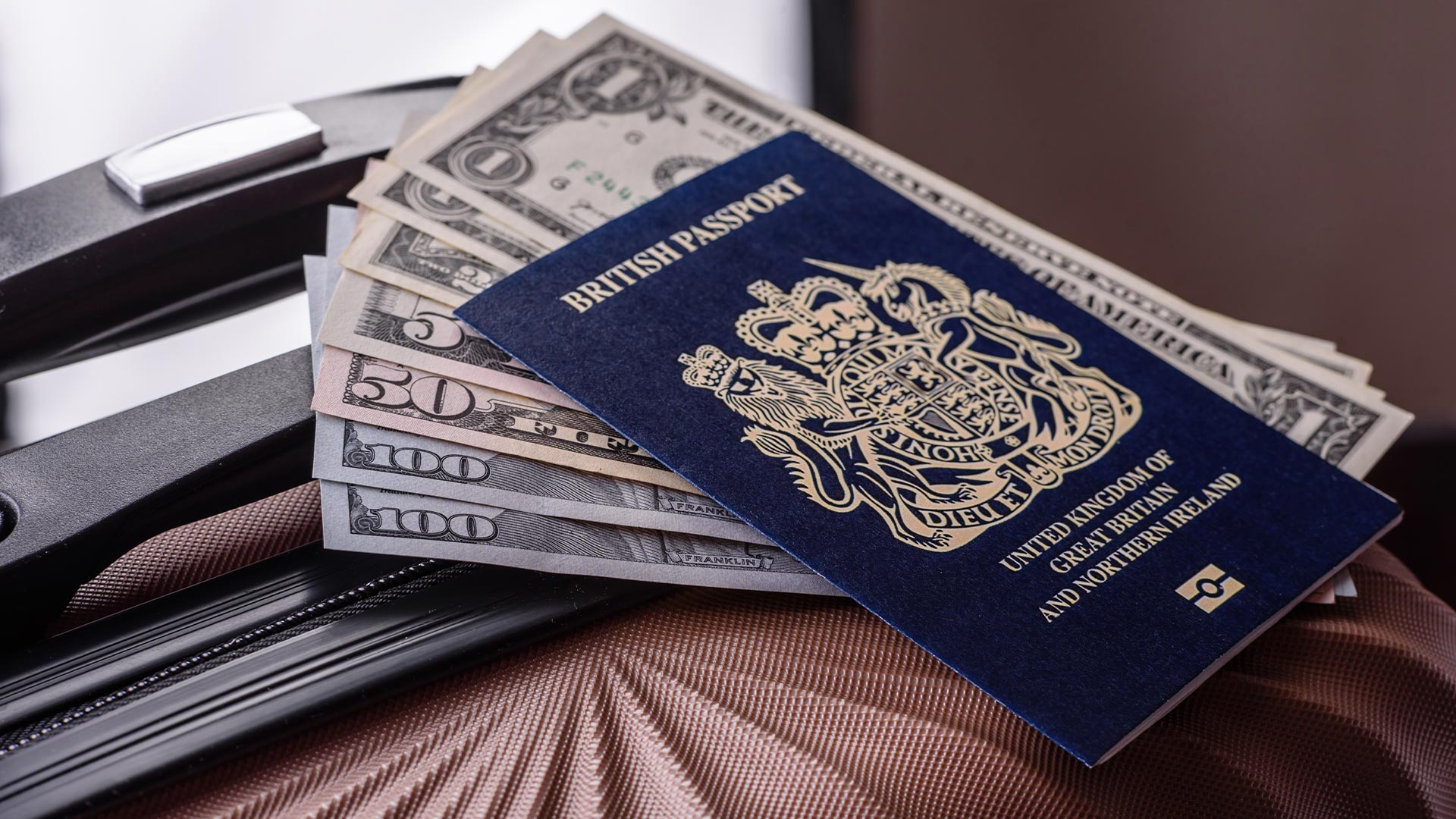Australian Visa Types Explained: Short-Term Visits & Long-Stays

Australia is a top destination for travelers, students, professionals, and migrants. Whether you're visiting for a short holiday, planning to work temporarily, or looking to settle long-term, choosing the right visa is essential. This guide breaks down the most common Australian visa types—clearly separated into short-term visit options and long-stay categories—with eligibility criteria, permitted activities, and application tips.
🧳 1. Short-Term Visit Visas
Short-term visas are mainly for tourism, business trips, or short courses. They do not allow long-term work or permanent residency.
A. Visitor Visa (subclass 600)
Purpose: Tourism, visiting family/friends, business visits Duration: Up to 3, 6, or 12 months Cost: Starting from AUD $190
Streams:
- Tourist stream (apply inside or outside Australia)
- Business visitor stream
- Sponsored family stream
- Proof of return travel
- Sufficient funds for your stay
- No intention to work (except limited business activities)
B. Electronic Travel Authority (ETA) (subclass 601)
Purpose: Short tourist or business visits Eligibility: Citizens of select countries (e.g., USA, Canada, Singapore) Duration: 3-month stay per visit within 12 months Cost: AUD $20 (application service charge)
Conditions:
- Apply via ETA app or through an approved travel agent
- No work allowed (business visitor only)
C. eVisitor Visa (subclass 651)
Purpose: Tourism or business Eligibility: EU and a few other European passport holders Duration: Up to 3 months per visit within 12 months Cost: Free
Restrictions:
- Cannot work (business meetings permitted)
- Must be outside Australia when applying
🎓 2. Medium to Long-Term Visas
If you're planning to study, work, or migrate, Australia offers a range of longer-term visa pathways.
A. Student Visa (subclass 500)
Purpose: Full-time study in a registered course Duration: Course duration + up to 2 months Cost: From AUD $710
Includes:
- Part-time work rights (48 hours per fortnight during semesters)
- Family members can be included
- Confirmation of Enrolment (CoE)
- Genuine Temporary Entrant (GTE) statement
- Financial proof
- Overseas Student Health Cover (OSHC)
B. Working Holiday Visa (subclass 417 / 462)
Purpose: Holiday with short-term work Eligibility:
- Age 18–30 (35 for some countries)
- Citizens of eligible countries
- One-year visa, extendable to 2nd/3rd years with regional work
- Maximum 6 months with one employer
- Cannot bring dependent children
Great for backpackers or gap year travelers.
C. Temporary Skill Shortage (TSS) Visa (subclass 482)
Purpose: Employer-sponsored skilled work Duration: Up to 2 or 4 years Streams:
- Short-term stream
- Medium-term stream
- Labour agreement stream
- Sponsored by an approved Australian employer
- Occupation on relevant skilled list
- Skills assessment and English proficiency
D. Graduate Work Visa (subclass 485)
Purpose: For international students after graduation Streams:
- Graduate Work stream
- Post-Study Work stream
- Recently completed degree in Australia
- Meet English and health requirements
Popular for gaining local work experience before applying for skilled migration.
E. Skilled Independent Visa (subclass 189)
Purpose: Permanent residency for skilled workers Points-based: Minimum 65 points required (based on age, experience, English, qualifications)
Steps:
- Submit Expression of Interest (EOI)
- Receive invitation to apply
- Pass skills assessment and health checks
🛂 3. Quick Comparison Table
✅ Final Tips for Applicants
- Always apply through the official site: https://immi.homeaffairs.gov.au
- Be truthful and consistent across your application and documents.
- Check processing times regularly; they vary by visa and country.
- Use the Visa Finder tool: https://immi.homeaffairs.gov.au/visas/getting-a-visa/visa-finder
📌 Conclusion
Australia offers a well-defined visa system for both short visits and long-term stays. Understanding which visa fits your situation—whether you're a tourist, student, or skilled professional—is crucial for a smooth entry and stay. Review the requirements, prepare documents carefully, and apply early to avoid delays. With the right visa, you can explore Australia’s landscapes, study at world-class universities, or build a future in a dynamic, multicultural country.


